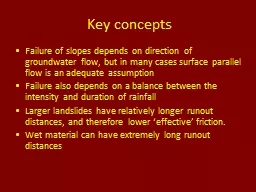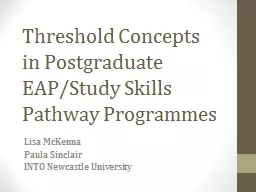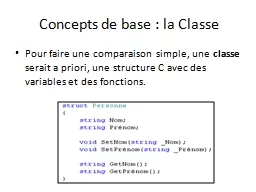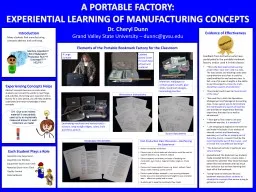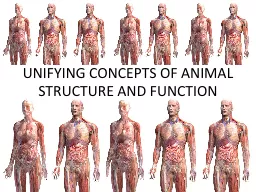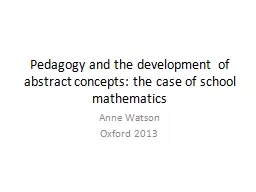PPT-Key concepts
Author : phoebe-click | Published Date : 2016-04-07
Failure of slopes depends on direction of groundwater flow but in many cases surface parallel flow is an adequate assumption Failure also depends on a balance between
Presentation Embed Code
Download Presentation
Download Presentation The PPT/PDF document "Key concepts" is the property of its rightful owner. Permission is granted to download and print the materials on this website for personal, non-commercial use only, and to display it on your personal computer provided you do not modify the materials and that you retain all copyright notices contained in the materials. By downloading content from our website, you accept the terms of this agreement.
Key concepts: Transcript
Download Rules Of Document
"Key concepts"The content belongs to its owner. You may download and print it for personal use, without modification, and keep all copyright notices. By downloading, you agree to these terms.
Related Documents

